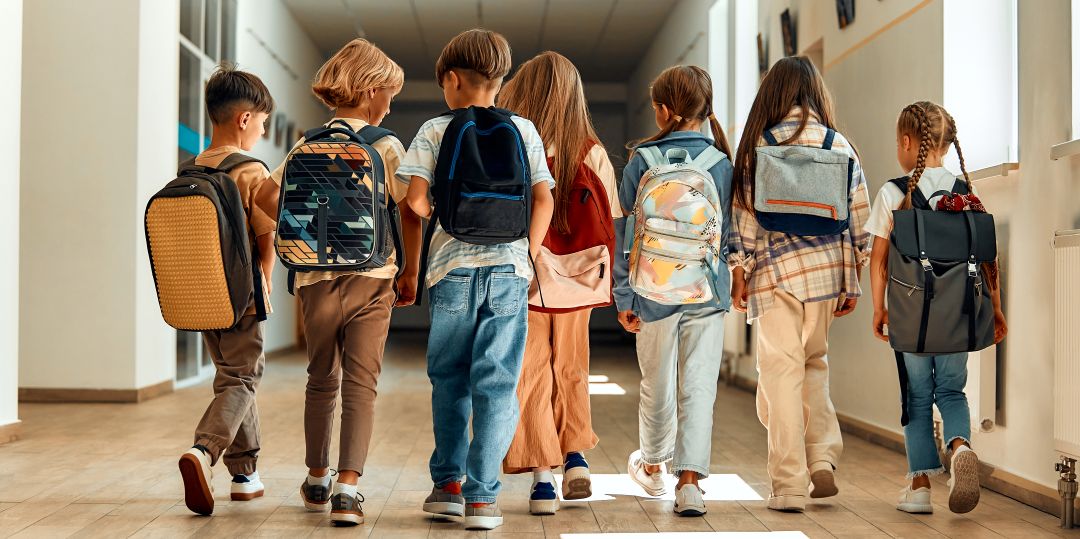Costly Progress: De Blasio's Renewal School Program

Executive Summary
In November 2014, the New York City Department of Education classified 94 low-performing schools as “renewal schools.” New York’s Renewal School Program (RSP), announced Mayor Bill de Blasio at the program’s launch, represented a big change to the city’s education policy: whereas former mayor Michael Bloomberg favored closing failing schools, RSP would fix them instead.
RSP—which went into full effect in the spring of 2015—has retained many of the core elements of a strong accountability policy, including school oversight and more time in the classroom (renewal schools have longer days). RSP supplements these stalwarts of education reform with an infusion of extra money: $149 million over three years.
Is RSP succeeding? The release of renewal schools’ spring 2016 state test results in math and English language arts (ELA) allows for a one-year evaluation. This report applies regression models to measure how renewal schools perform relative to how they would have fared absent RSP.
Key Findings
- RSP has boosted student achievement by a meaningful magnitude, on average.
- When the demographic profiles of their students are accounted for, about 33.3% of renewal schools still perform worse than expected in ELA, and 38.1% perform worse than expected in math.
- RSP is also significantly more costly than Mayor Bloomberg’s school-closure policy.
______________________
Marcus Winters is a senior fellow at the Manhattan Institute and an associate professor at Boston University. Follow him on Twitter here.
Are you interested in supporting the Manhattan Institute’s public-interest research and journalism? As a 501(c)(3) nonprofit, donations in support of MI and its scholars’ work are fully tax-deductible as provided by law (EIN #13-2912529).

